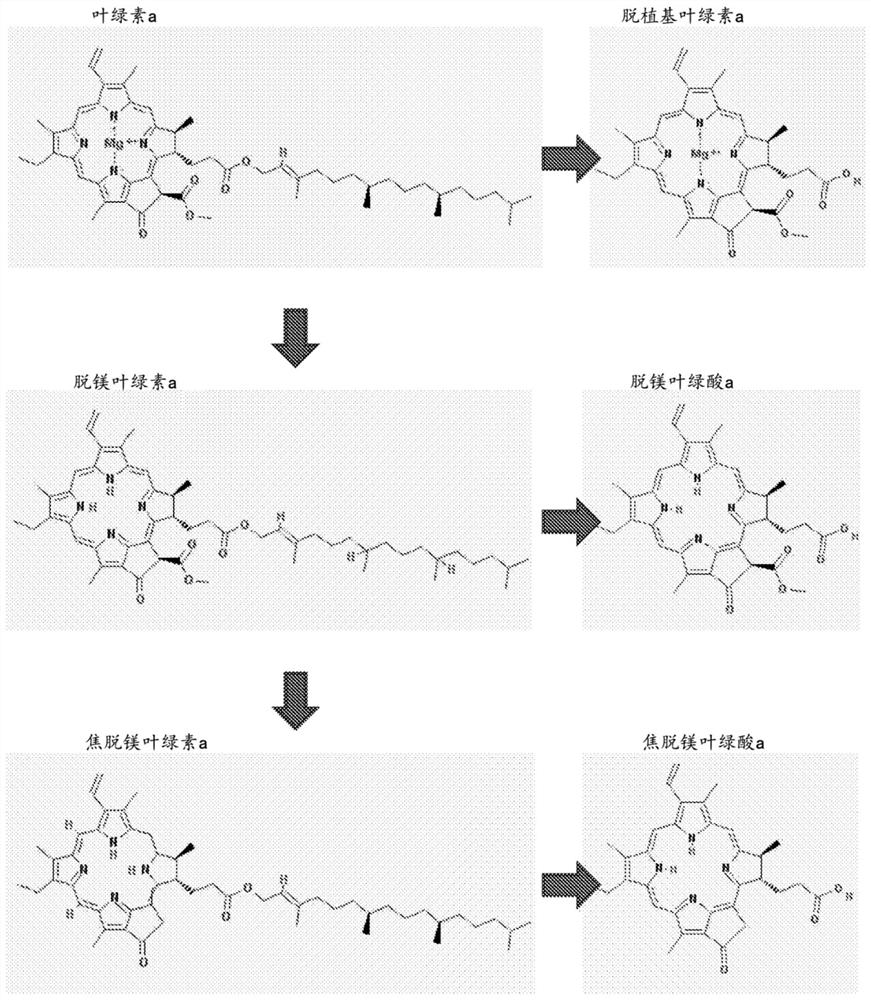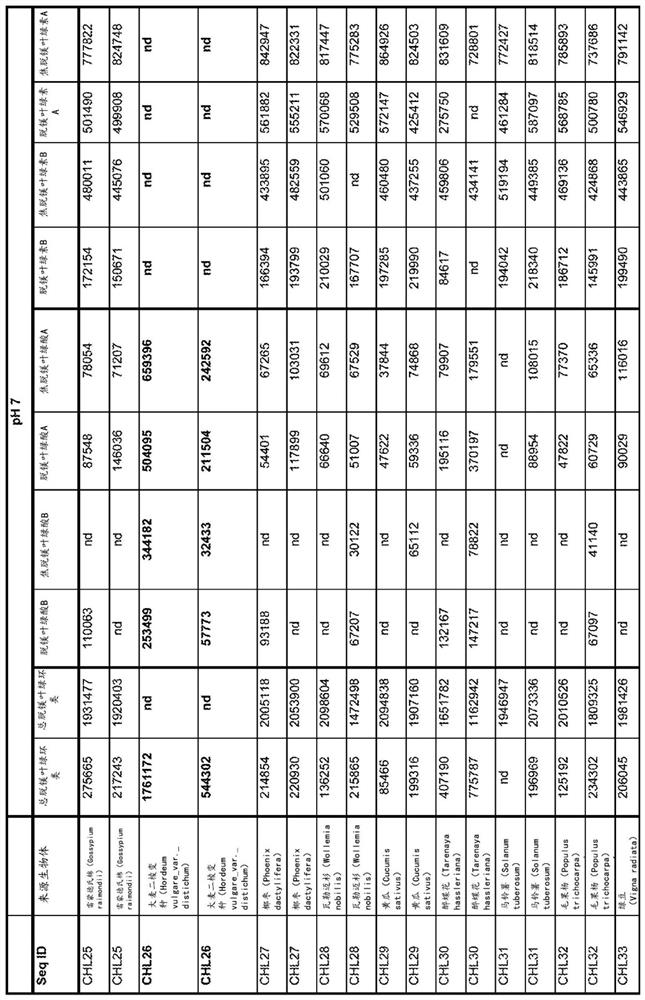Silica sorbent for removal of chlorophyll derivatives from triacylglycerol-based oils
An adsorbent, chlorophyll technology, applied in the direction of solid adsorbent liquid separation, alkali metal oxides/hydroxides, silicon compounds, etc., can solve problems such as inability to remove impurities
- Summary
- Abstract
- Description
- Claims
- Application Information
AI Technical Summary
Problems solved by technology
Method used
Image
Examples
preparation example Construction
[0135] Preparation method of polypeptide
[0136] Polypeptides suitable for use in the methods of the present disclosure (e.g., polypeptides having decolorizing enzyme activity, including polypeptides having pyropheophytinase activity) can be obtained by culturing in a suitable fermentation medium under conditions that allow expression of the polypeptide as disclosed herein host cells and produce the polypeptide. Those skilled in the art understand how to perform methods of producing polypeptides as disclosed herein depending on the host cells used, such as the pH, temperature and composition of the fermentation medium. Host cells can be cultured in shake flasks or in fermentors having a volume of 0.5 liter or 1 liter or greater to 10 cubic meters to 100 cubic meters or greater. Culturing can be performed aerobically or anaerobically according to the needs of the host cells. If the host cell is a Pseudomonas (eg, Pseudomonas fluorescens), culturing of the host cell is perf...
PUM
 Login to View More
Login to View More Abstract
Description
Claims
Application Information
 Login to View More
Login to View More - Generate Ideas
- Intellectual Property
- Life Sciences
- Materials
- Tech Scout
- Unparalleled Data Quality
- Higher Quality Content
- 60% Fewer Hallucinations
Browse by: Latest US Patents, China's latest patents, Technical Efficacy Thesaurus, Application Domain, Technology Topic, Popular Technical Reports.
© 2025 PatSnap. All rights reserved.Legal|Privacy policy|Modern Slavery Act Transparency Statement|Sitemap|About US| Contact US: help@patsnap.com



